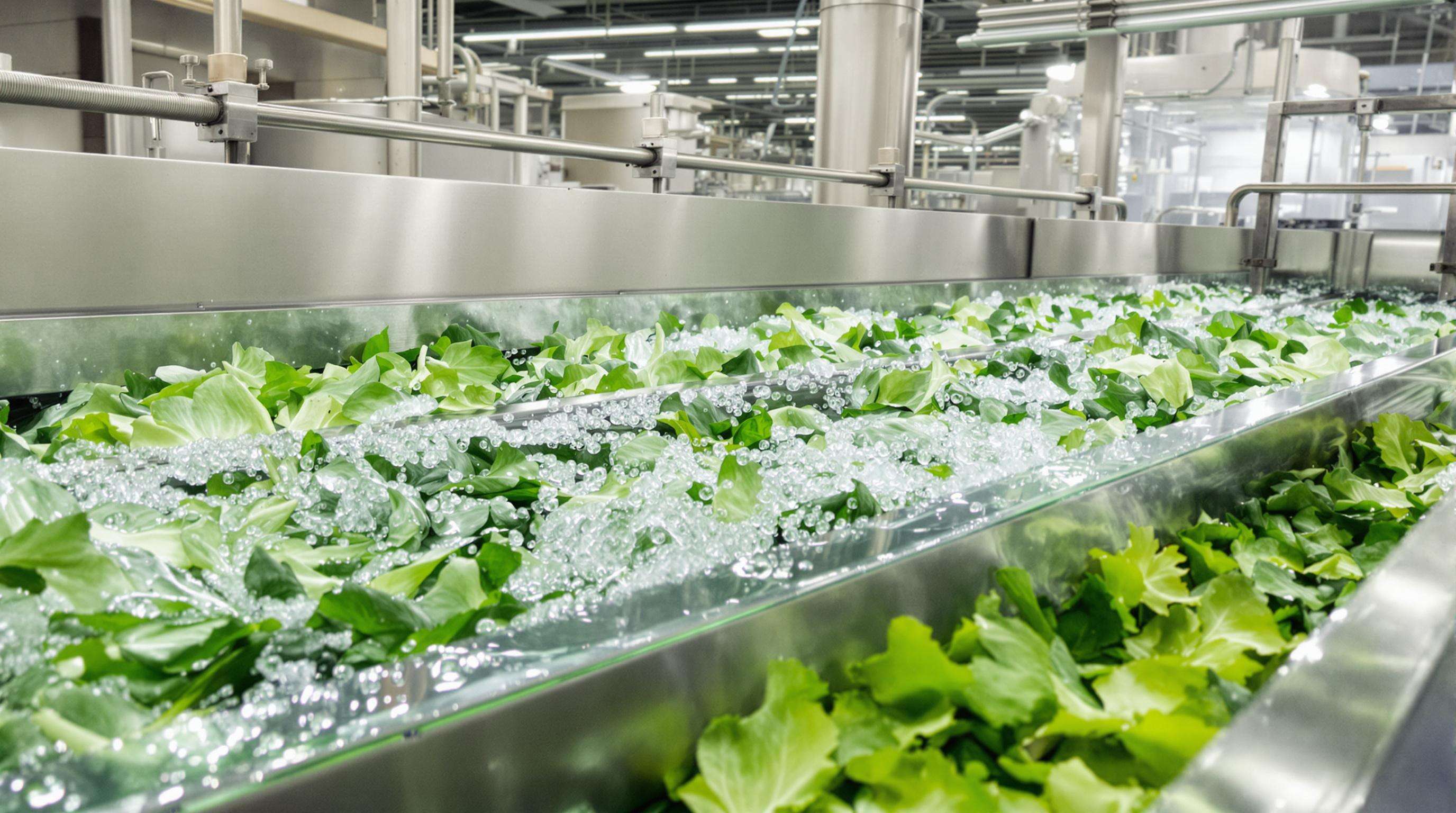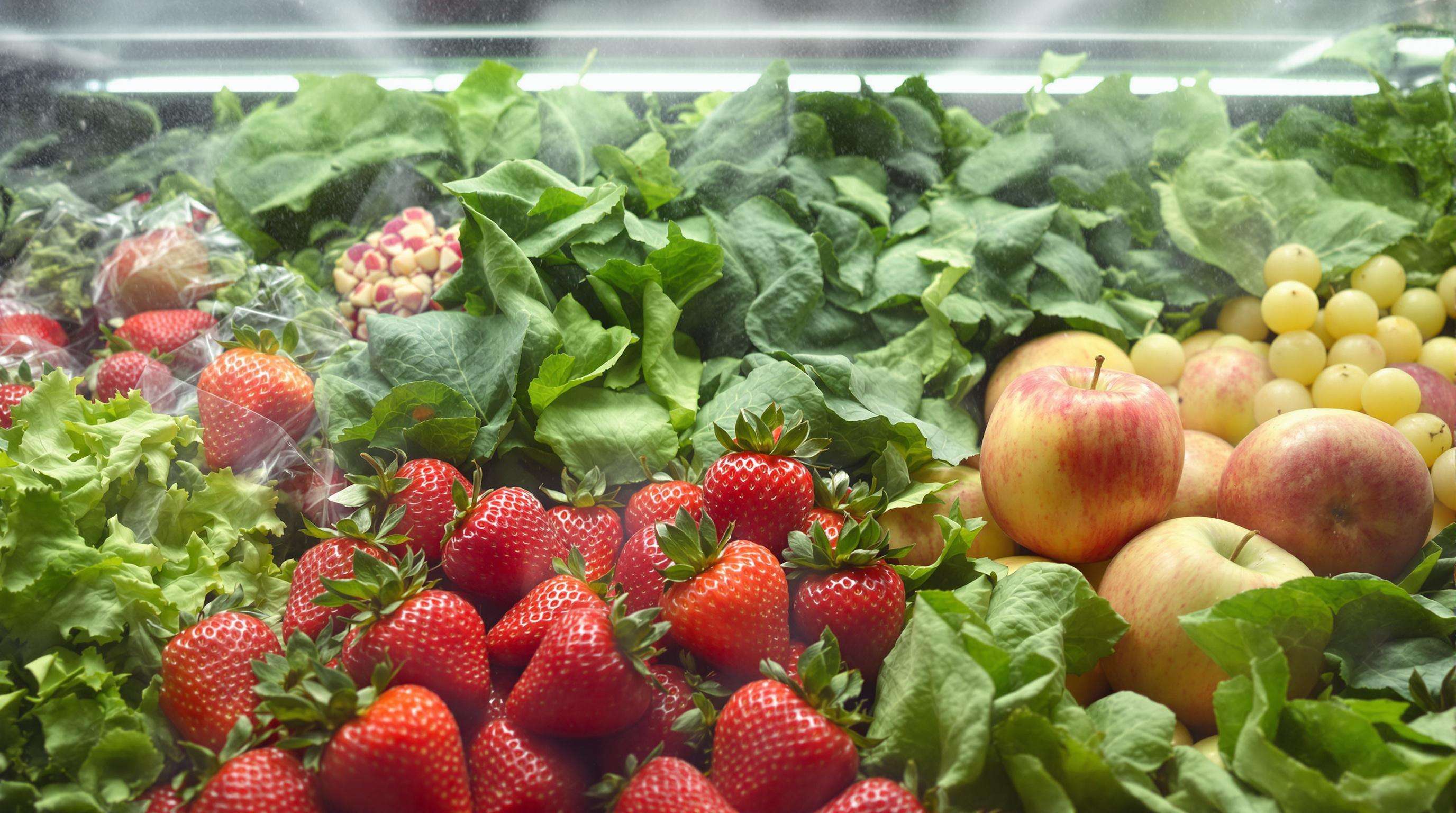Ozone disinfection systems offer an alternative approach to food safety that doesn't rely on chemicals. These systems tackle multiple tasks at once including surface cleaning, equipment maintenance, and treating water throughout the facility. What makes ozone different from traditional options like chlorine or those ammonia-based cleaners is how it works its magic. Ozone actually breaks down organic stuff right on contact surfaces where food touches during processing, think conveyor belts running through packing plants or the machinery used in meat processing facilities. The best part? Ozone fits right into existing production workflows without causing disruptions. When ozone breaks down, it turns back into regular oxygen, so there's nothing left behind that could contaminate products. This means facilities can maintain their organic certifications while using significantly less water than they would with standard rinsing methods, sometimes cutting water consumption nearly in half according to industry reports.
With an oxidation-reduction potential (ORP) of 2.07 volts—significantly higher than chlorine's 1.36 volts—ozone effectively destroys foodborne pathogens like Salmonella enterica and Listeria monocytogenes. It works through:
Research shows ozone achieves a 3-log reduction (99.9%) of E. coli O157:H7 in under 60 seconds at concentrations ≥0.6 ppm. Its gas-phase oxidation is especially effective against antibiotic-resistant strains, breaking down β-lactam rings in penicillin derivatives commonly found in dairy environments.
Food processors increasingly choose ozone over traditional disinfectants due to its speed, safety, and regulatory advantages:
| Parameter | Chlorine-Based Systems | Ozone Disinfection |
|---|---|---|
| Contact Time | 10-30 minutes | 30-90 seconds |
| Byproduct Formation | Trihalomethanes (THMs) | Oxygen |
| Regulatory Compliance | HAZMAT storage required | GRAS-certified |
| Microbial Resistance | Documented in 23% of facilities | None observed |
This performance drives adoption: 68% of new food processing facilities now install ozone systems during construction. Eliminating corrosive chemical storage reduces workplace hazards and ensures compliance with EPA wastewater discharge guidelines—advantages chemical systems cannot match.
Ozone rapidly reduces high-risk pathogens like E. coli, Salmonella, and Listeria by oxidizing microbial cell membranes. Its reactivity disrupts microbial DNA up to 3,000 times faster than chlorine, making it ideal for meat processing surfaces and leafy vegetable washing lines where rapid, residue-free sanitation is critical.
A 22-month trial in poultry facilities using dissolved ozone at 0.5 ppm showed:
These outcomes highlight ozone's ability to enhance food safety while supporting sustainability goals.
Ozone struggles to penetrate thick biofilms in oxygen-deprived areas such as drainage systems or equipment crevices. Bacterial colonies protected by extracellular polymeric substances (EPS) require supplemental mechanical cleaning to ensure complete pathogen removal.

Modern facilities are adopting double vortex washing systems that combine hydraulic turbulence (12–15 m/s velocity) with dissolved ozone (0.5–2.0 ppm). This method achieves a 99.9% reduction in Salmonella and E. coli on leafy greens while eliminating chemical residues and reducing water consumption by 30% through closed-loop filtration, according to Food Safety Tech (2023).
Dissolved ozone is replacing traditional sanitizers in produce rinse cycles, effectively degrading pesticide residues and biofilms that chlorine cannot eliminate. Trials show ozone-treated water outperforms chlorine in key metrics:
| Metric | Chlorine Treatment | Ozone Treatment |
|---|---|---|
| Biofilm Removal | 62% | 94% |
| Pesticide Breakdown | 45% | 88% |
| Water Replacement Frequency | Daily | Weekly |
This approach supports compliance with the FDA's Food Safety Modernization Act and organic certification standards.
When berries are stored in cold conditions with low levels of ozone around 0.1 to 0.3 parts per million, it actually stops molds from growing and cuts down on ethylene gas production. This simple trick can keep berries fresh for about 40 percent longer than regular controlled atmosphere storage methods. According to research published last year in the field of cold chain logistics, integrating ozone technology into storage systems brings down energy expenses by roughly 18%. Why? Because fruits ripen more slowly, there are fewer times when ice builds up needing removal, and no need for those chemical coatings that fight fungus. This approach also helps companies comply with stricter European Union rules regarding chemicals used after harvest.

Ozone extends shelf life by oxidizing microbial cell walls, neutralizing spoilage-causing bacteria, molds, and yeasts. It decomposes completely into oxygen, leaving no residues. Research indicates ozone suppresses ethylene gas production by up to 68% in climacteric fruits like apples and bananas (FAO 2023), significantly slowing ripening and metabolic decay.
When leafy greens get a bath in ozonated water instead of chlorine rinse, they end up with about 40% fewer E. coli and Salmonella bacteria. A study from last year found something interesting too: strawberries treated with ozone stayed fresh looking and firm for around two weeks when kept cool at refrigerator temperatures, double what happens with regular untreated berries. Peaches and plums stored in cold conditions had between 30 to 50 percent less mold growth compared to controls, hitting those important safety benchmarks set by the FDA for reducing harmful microbes on food surfaces.
Ozone achieves bacterial log reductions of 2.5–4.0 in food processing settings, depending on pathogen and concentration. At 0.5 ppm over 5 minutes, it eliminates 98.9% of Staphylococcus aureus and reduces Legionella pneumophila by 87.5% in wash water—surpassing chlorine by 30–50% in comparable applications.
In poultry plants, ozone-integrated double vortex washing reduced surface microbes by 89% compared to chlorinated sprays. Dairy facilities using dissolved ozone in Clean-in-Place (CIP) systems reported:
Field studies show ozone-treated leafy greens maintain aerobic plate counts below 10 CFU/g throughout 14-day cold chain storage, meeting Global Food Safety Initiative (GFSI) benchmarks without chemical residues.


Copyright © 2024 Zhaoqing Tengsheng Machinery Co., Ltd all rights reserved - Privacy policy